While previous research has identified examples of foods that inhibit the action of certain drugs – such as grapefruit’s negative effect on anti-arrhythmic and cholesterol-lowering drugs – researchers have now identified a compound in broccoli that actually improves the effectiveness of some anti-cancer agents. The compound – known as sulforaphane – is found in a number of cruciferous vegetables.
The researchers at ETH Zurich and the University of Zurich, treated both colon cancer cells and healthy intestinal cells harvested from patients, with sulforaphane. The scientists used a non-cytotoxic dosage of the compound, comparable to the levels of sulforaphane in the gut following consumption of broccoli.
The researchers found that the sulforaphane stimulated the colon cancer cells to produce higher levels of certain enzymes, including an enzyme known as AKR1C3. This enzyme is integral to a number of biochemical pathways inside the cells, and is an important activator of an experimental anti-cancer drug called PR-104A.
An interesting result of the study – which was published in the journal, PLOS ONE – is that sulforaphane did not have the same effect on AKR1C3 enzyme levels in all cell types. In colon cancer cells with existing high levels of the enzyme, sulforaphane treatment served to further increase the concentration.
In colon cancer cells with little AKR1C3, the sulforaphane had no influence on enzyme levels. Similarly, healthy intestinal cells were not affected by sulforaphane exposure.
The findings have important implications for PR-104A, as the drug is inactive before being converted to the functional form by AKR1C3 inside the cancer cells. In order to determine whether sulforaphane is able to improve the efficacy of PR-104A, the researchers exposed colon cancer cells to both the broccoli compound and the oncology drug.
In combination, these two agents were sufficient to kill the cancer cells at less than one third of the usual dose of PR-104A alone. “Since cancer drugs generally have strong side-effects, any approach that reduces the dose of medication while maintaining efficacy is always welcome,” said Shana Sturla, Professor at the Department of Health Sciences and Technology at ETH Zurich, and lead researcher on the study.
“What’s interesting with sulforaphane is that it occurs naturally in our food and is non-toxic in the concentrations we used,” said Sturla. “In addition, the sulforaphane-enhancing effect was seen only in cancer cells and not cells from healthy tissue, which would be very important for avoiding unwanted side-effects from the combination.”
To further support the results of the cell culture experiments, the researchers plan to conduct biomarker-based clinical trials to determine if cancer patients might benefit from a combined therapy of sulforaphane and PR-104A. In addition to this follow-up study, the researchers are also investigating whether other food compounds exist that might strengthen the action of a drug in patients. “We assume that there are other such combinations out there,” said Sturla.

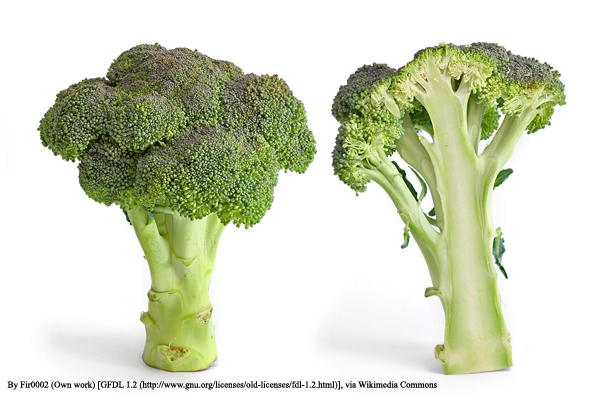
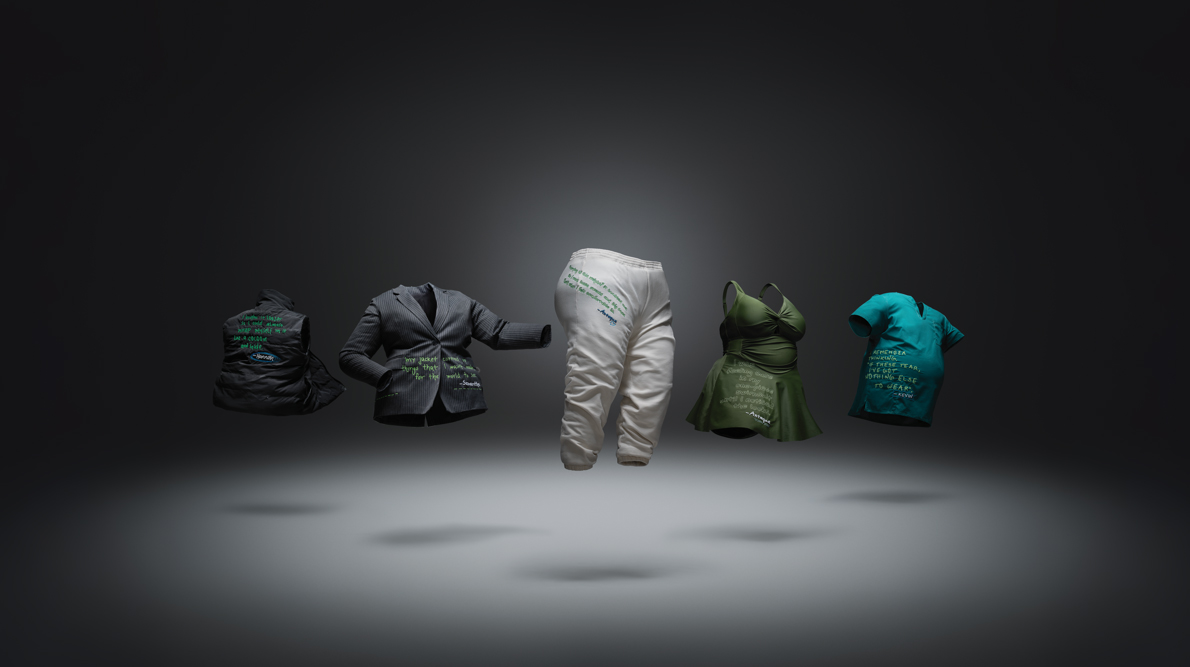

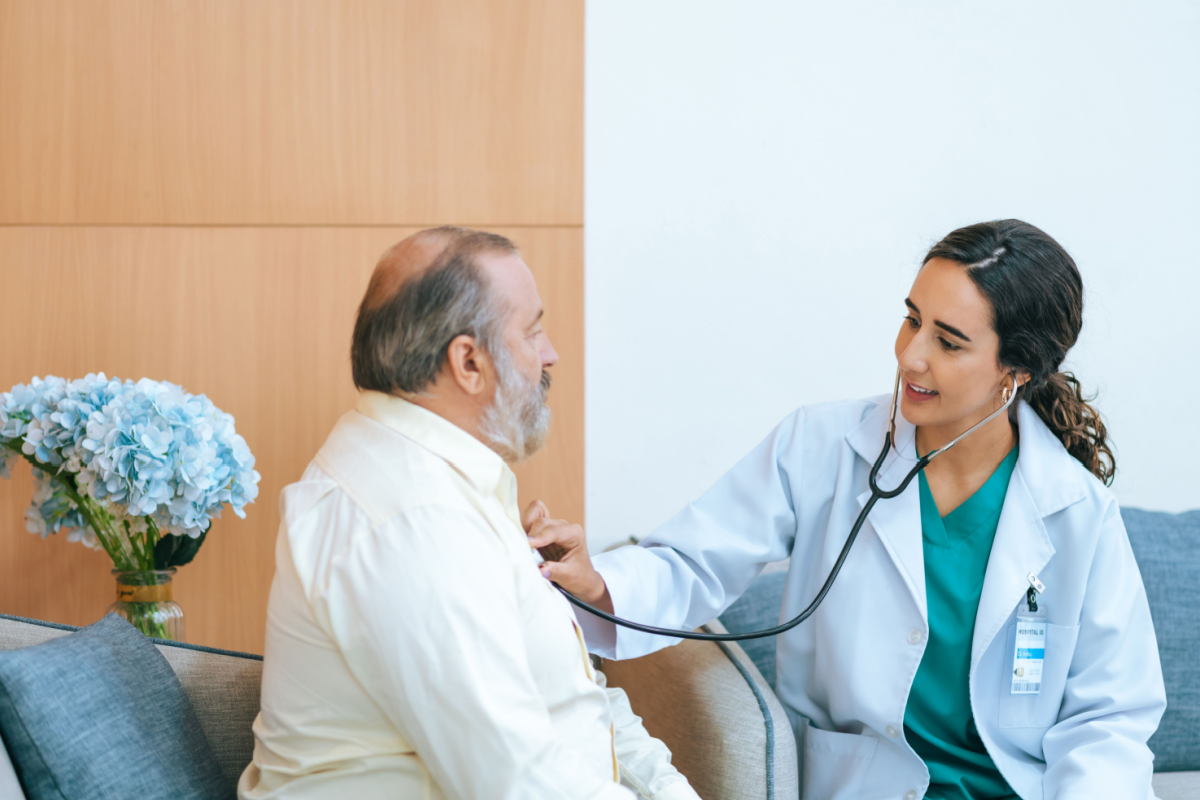
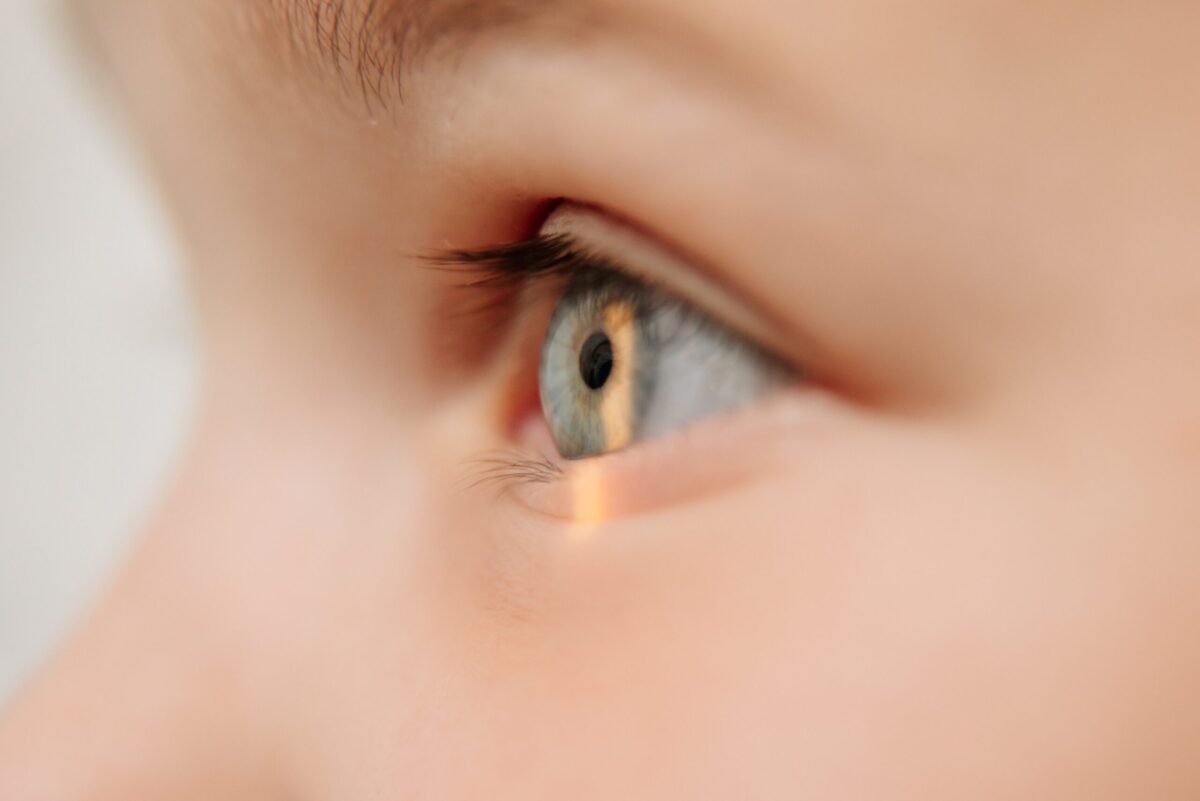
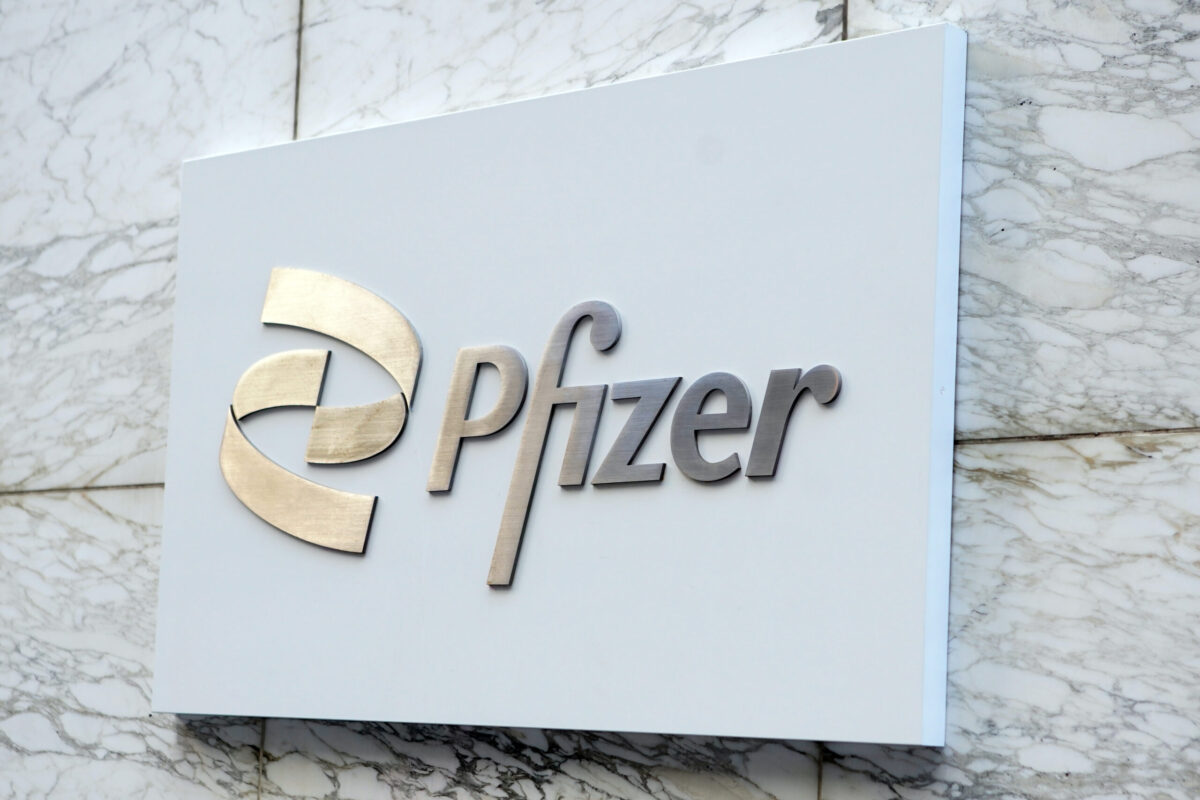





Join or login to leave a comment
JOIN LOGIN